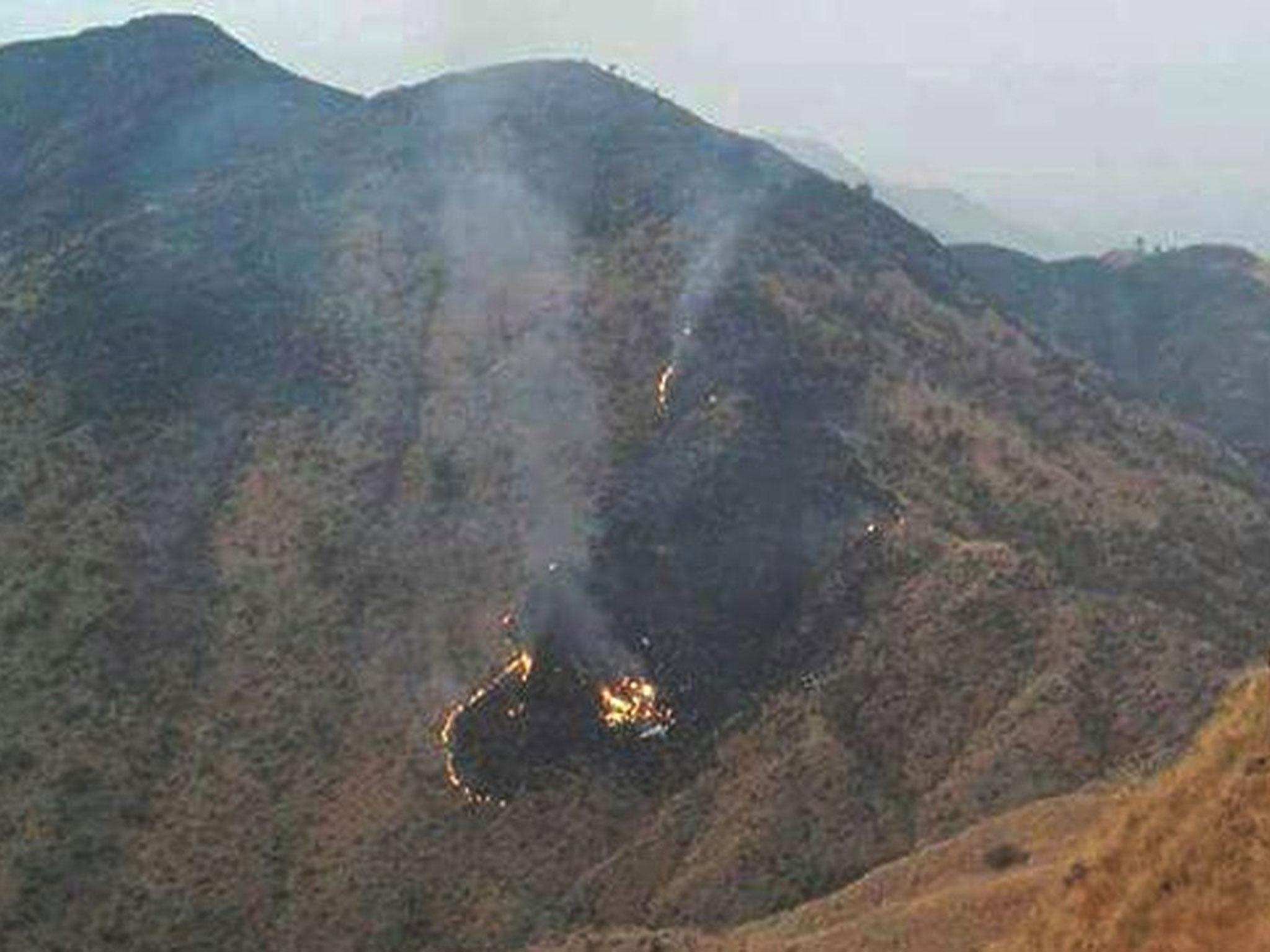Counting the cost: despite another aviation tragedy, flying has never been safer
Death toll on passenger flights this year has risen to 283

Your support helps us to tell the story
From reproductive rights to climate change to Big Tech, The Independent is on the ground when the story is developing. Whether it's investigating the financials of Elon Musk's pro-Trump PAC or producing our latest documentary, 'The A Word', which shines a light on the American women fighting for reproductive rights, we know how important it is to parse out the facts from the messaging.
At such a critical moment in US history, we need reporters on the ground. Your donation allows us to keep sending journalists to speak to both sides of the story.
The Independent is trusted by Americans across the entire political spectrum. And unlike many other quality news outlets, we choose not to lock Americans out of our reporting and analysis with paywalls. We believe quality journalism should be available to everyone, paid for by those who can afford it.
Your support makes all the difference.Eight days after 71 people lost their lives when a plane hit a hillside near its destination Medellin in Colombia, another 48 people are said to have died in another crash shortly before the intended landing.
An ATR42 propellor aircraft on a domestic flight from Chitral came down on a hillside around 25 miles from Islamabad.
The tragedy is the sixth fatal crash involving a passenger flight this year.
The first was a Tara Air flight in Nepal, in which 23 people died – the first of three accidents involving propeller planes on domestic flights this year.
On 19 March, Flydubai flight 981 from Dubai to Rostov-on-Don in Russia hit the ground during a second attempted landing, with the loss of 62 lives.
The third fatal accident of the year was a domestic flight in Papua New Guinea on 13 April; 13 lives were lost when a Sunbird Aviation Britten-Norman Islander prop plane crashed.
On 19 May, 66 people died when an Egyptair Airbus A320 came down in the Mediterranean. The cause of the loss of flight 804 from Paris to Cairo has still not been established, though there is speculation that a bomb was responsible.
The fifth and worst accident of the year so far was an RJ85 jet that ran out of fuel close to the Colombian city of Medellin. Almost all of the squad of a top Brazilian football team, Chapecoense, were among the 71 victims.
The flight on 28 November from Santa Cruz in Bolivia was operating way beyond the normal limits on fuel reserves and at the extreme of the aircraft’s range. While descending to Medellin, the jet was ordered to fly a holding pattern while another aircraft with a technical problem landed; even though the tanks were almost empty, no Mayday was declared.
With the sixth and latest crash in Pakistan, the death toll for 2016 so far is 283; this excludes the Daallo Airlines flight from Mogadishu in Somalia to Djibouti in February, in which the sole victim of an explosion on board was believed to be a terrorist bomber. The aircraft landed safely with the remaining 80 people.
Compared with almost every other form of transport, aviation remains extremely safe. It is possible that 2016 may end with one of the lowest death tolls on record.
In 2015, 471 people died in four crashes. The worst was of a Metrojet flight from Sharm el Sheikh to St Petersburg, Russia, which killed 224. The next highest death toll was on Germanwings flight 9525 from Barcelona to Dusseldorf. The first officer, Andreas Lubitz, deliberately flew his Airbus A320 into the French Alps, killing all 150 on board.
In 2014, 864 people died in five incidents. The death toll was particularly high because of two Malaysia Airlines 777s that crashed: one lost over the Indian Ocean, the other shot down over eastern Ukraine. It was a particularly bad year, relative to the formidably good air safety standards of the current decade.
Even as air traffic continues to increase, the years since 2011 have been easily the safest in post-war history in absolute terms.
Join our commenting forum
Join thought-provoking conversations, follow other Independent readers and see their replies
Comments